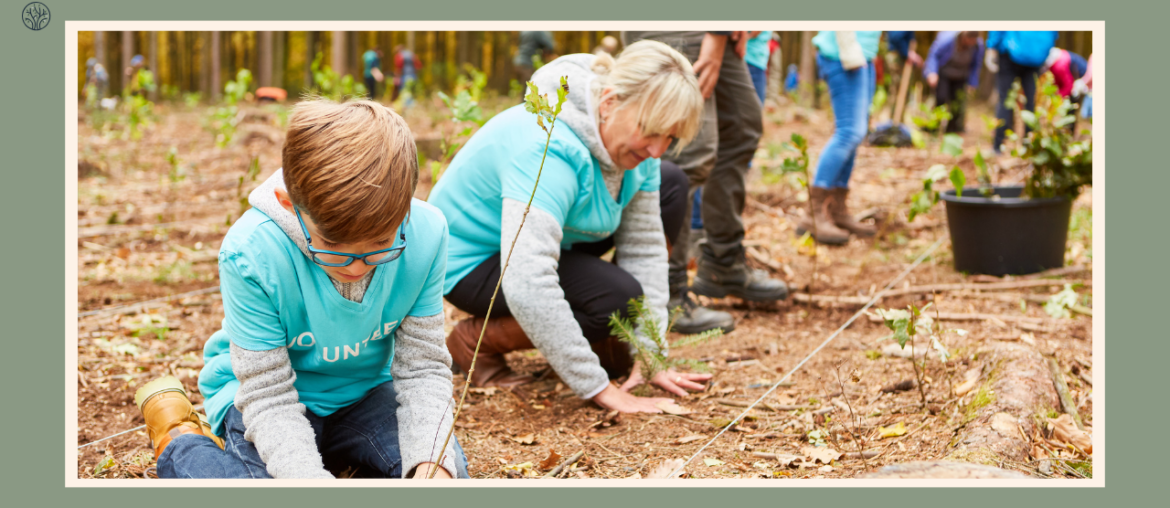Planting trees is an immensely rewarding activity that can enhance the beauty of your property, provide shade, and act as a windbreak while contributing to biodiversity and creating a habitat for wildlife. However, the key to successful tree planting lies in proper land preparation. In this guide, we’ll explore how to prepare your land for optimal tree growth and survival.
Understanding Soil Texture and Soil Preparation
For the best outcome, we first need to understand the soil texture you are going to use.
The Importance of Soil Texture
Soil texture plays a pivotal role in determining the success of your tree planting project. It refers to the proportion of sand, silt, and clay particles in the soil, each of which impacts various aspects of plant growth. The ideal soil texture for most trees is loam, characterized by a balanced mixture of sand, silt, and clay. Loam soils boast excellent drainage, adequate moisture retention, nutrient availability, and resistance to erosion.
However, not all soils are naturally loamy. Some may be overly sandy, clayey, or rocky, posing challenges for optimal plant growth. Sandy soils, for instance, drain quickly but dry out too fast and have limited fertility. Clayey soils retain water well but lack proper drainage, leading to poor aeration and compactness when wet.
Improving Soil Texture
If your soil doesn’t naturally match the loam profile, you may need to improve its texture by incorporating organic matter or other soil amendments. Organic matter, derived from living organisms, such as compost, manure, leaves, or wood chips, can significantly enhance soil texture by increasing water-holding capacity, drainage, nutrient content, and biological activity. It also helps prevent soil erosion and weed proliferation.
However, it’s essential to choose the right type of organic matter. Fresh manure, for instance, may contain weed seeds or harmful pathogens that can harm your plants or pollute water sources. Composted manure or well-rotted organic matter is the safer choice for soil improvement.
The quantity and type of organic matter needed depend on your soil texture and the tree species you intend to plant. Sandy soils typically require more organic matter to enhance their water-holding capacity and fertility. However, an excess of organic matter can lead to issues like waterlogging or nutrient leaching. Therefore, it’s advisable to conduct a soil test before adding any amendments.
Testing Your Soil Texture
You can determine your soil texture through a simple jar test or a ribbon test. A jar test involves filling a clear glass jar with one-third soil and two-thirds water, shaking it well, and letting it settle for a day or two. You can then observe the layers of sand, silt, and clay in the jar, with each layer’s thickness indicating the proportion of particles in your soil.
Based on these tests, you can tailor your soil texture improvement efforts:
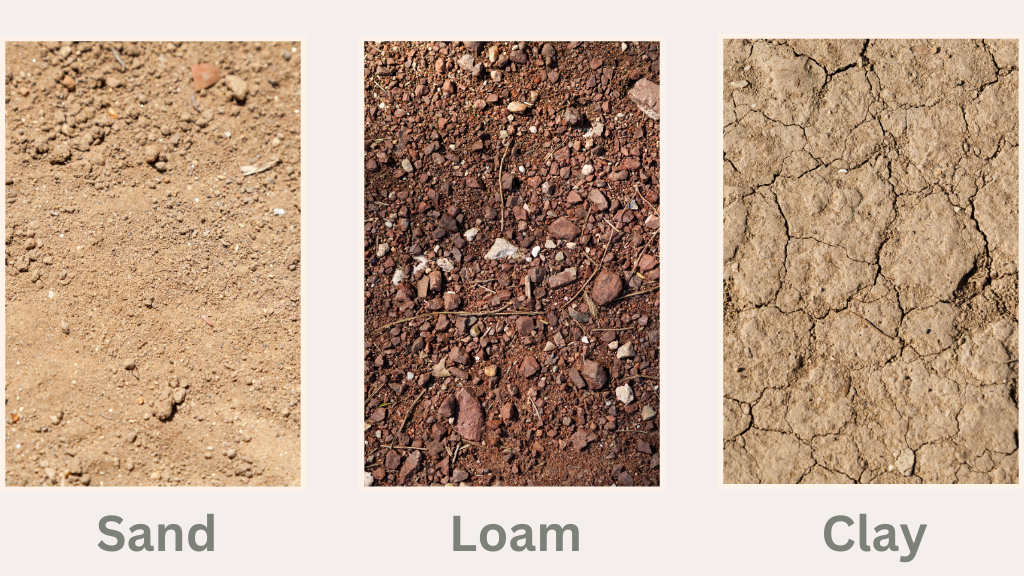
- Sandy soil (ribbon less than 2 cm) drains too fast and does not hold enough nutrients. You can improve sandy soil by adding 5-10 cm of organic matter on top of the soil and incorporating it into the top 15-20 cm. Organic matter can be compost, manure, leaf mold, or peat moss.
- Loamy soil (ribbon 2-5 cm) has a good balance of sand, silt, and clay. Loamy soil is ideal for most plants, but it can still benefit from adding 2-5 cm of organic matter on top of the soil and working it into the top 10-15 cm. This will help maintain the soil structure and fertility.
- Clayey soil (ribbon more than 5 cm) is too dense and does not drain well. Clayey soil can cause root rot and poor aeration. You can improve clayey soil by adding 2-5 cm of organic matter on top of the soil and working it into the top 10-15 cm. You may also need to introduce coarse sand or gravel to improve drainage and aeration.”
Cultivating Cover Crops and Green Manure Crops
The Role of Cover Crops
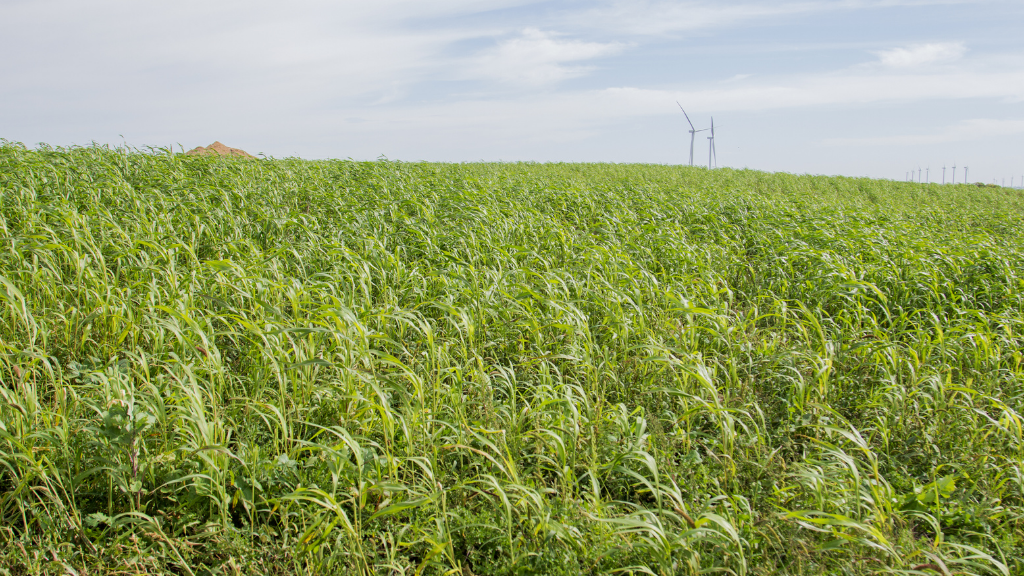
Another effective approach to enhancing soil texture is by cultivating a cover crop or green manure crop before tree planting. Cover crops protect the soil from erosion, weeds, pests, diseases, or compaction, while green manure crops enrich the soil with organic matter and nutrients. Examples include clover, alfalfa, vetch, ryegrass, and buckwheat.
To grow a cover crop or green manure crop, you’ll need to sow the seeds in either the fall or early spring, depending on your climate and crop choice. Once the crop matures, mow or cut it before flowering or setting seed. Leave the organic material on the soil surface as mulch or incorporate it into the soil. This layer of organic material decomposes over time, releasing valuable nutrients for your trees.
Considerations and Drawbacks
However, it’s essential to select the right crop that suits your soil and tree species. Keep in mind that these crops can also compete with your trees for water and nutrients, attract pests or diseases, or delay planting, so careful management is key.
Ongoing Soil Maintenance
Soil preparation is not a one-time task; it is a continuous process that requires regular care and attention. One of the most important ways to maintain soil quality is to add organic matter, either as mulch or compost.
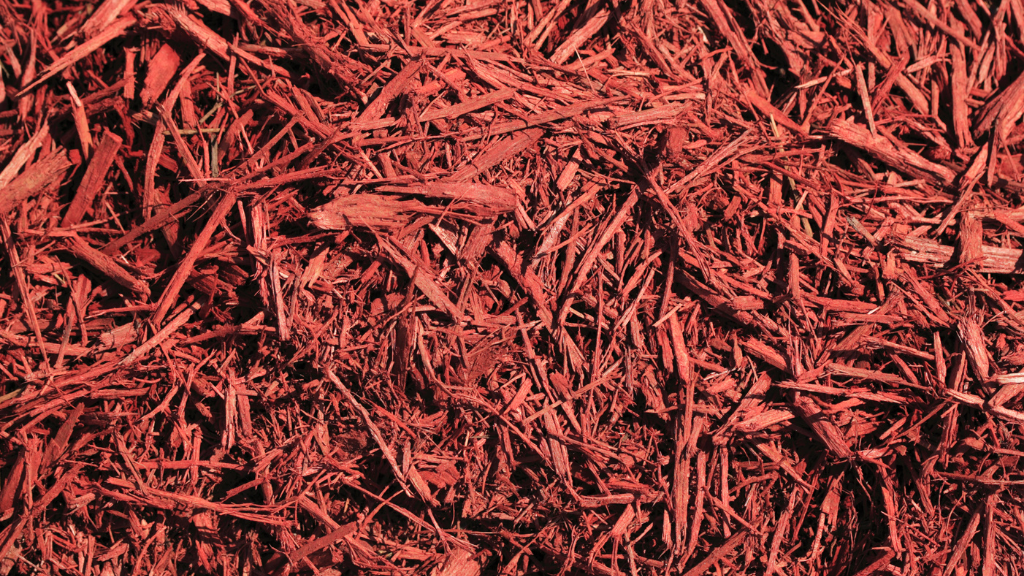
Mulching is the practice of covering the soil surface with organic materials like leaves, straw, or wood chips. Mulching has many benefits for your soil, such as:
- Conserving soil moisture by reducing evaporation
- Moderating soil temperature by insulating it from extreme heat or cold
- Suppressing weed growth by blocking sunlight and competing for nutrients
- Enriching the soil as the mulch decomposes and releasing nutrients
Composting is another effective way to improve your soil quality.
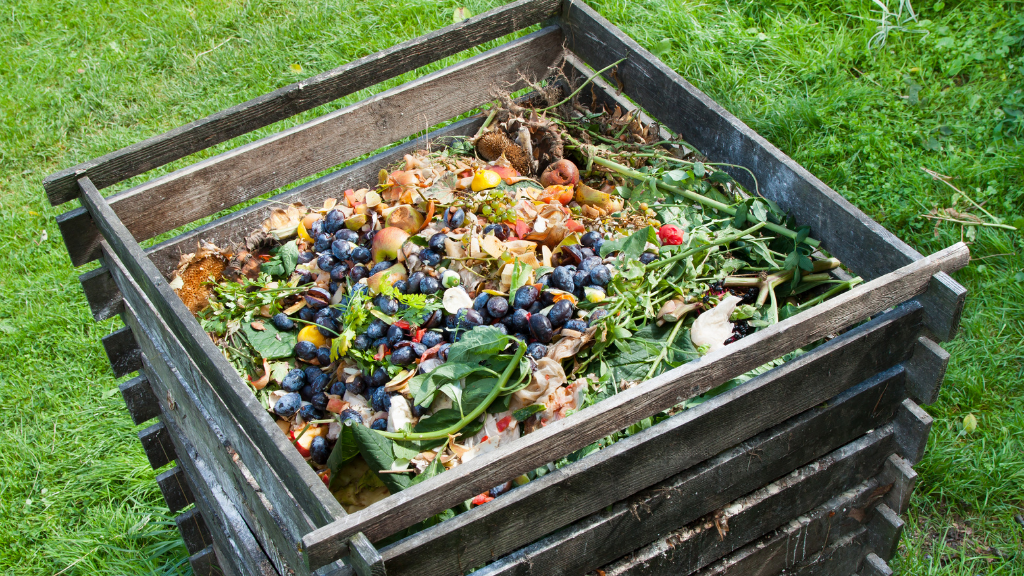
It is the process of transforming organic waste from your kitchen, garden, or farm into nutrient-rich soil amendments. Composting has many advantages for you and the environment, such as:
- Reducing landfill waste by recycling organic materials
- Recycling nutrients that would otherwise be lost
- Improving soil structure and fertility by adding organic matter and microorganisms
- Saving money by making your own fertilizer
By adding organic matter to your soil regularly, you can ensure that your soil stays healthy and productive. Healthy soil will support healthy trees that will provide you with many benefits.
If you want more tips on how to keep your soil healthy, you can check out these resources:
- Soil Health: A guide from the USDA on how to assess and improve your soil health.
- How To Make Compost: A video tutorial from GrowVeg on how to make compost at home.
- Mulching Basics: A list of tips from Fine Gardening on how to mulch your garden effectively.
- Mushrooms Compost: Our guide on how to use High Mountain Compost to grow mushrooms.
Ready for Planting
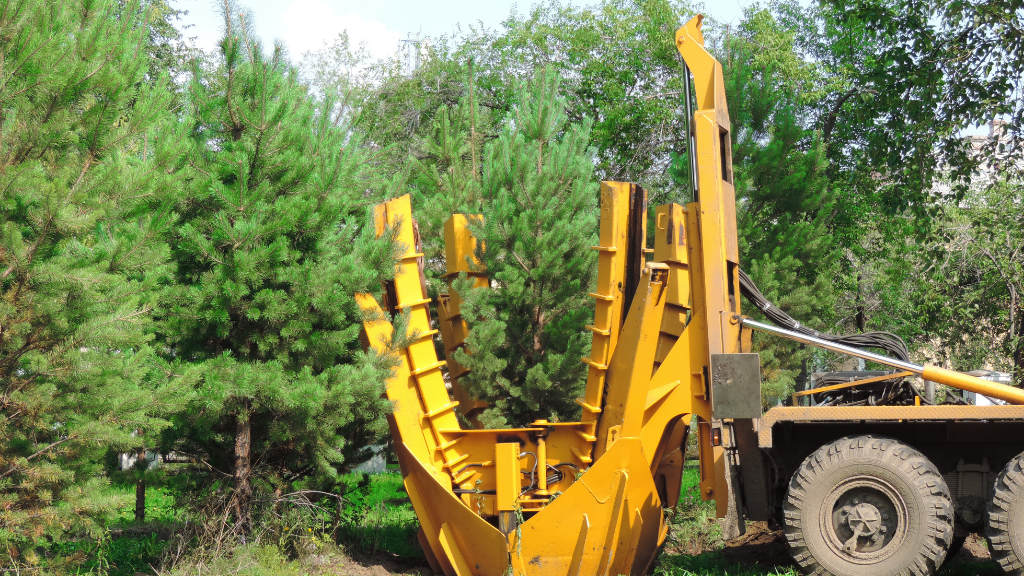
Planning for Tree Planting
With your soil texture and quality improved, you’re now well-prepared to start planting trees. However, before you dig any holes, you need to improve your soil texture and quality and consider the following factors:
1. Land Size and Configuration: Evaluate the size and shape of your property to determine where trees will have the most impact and benefit.
2. Tree Selection: Choose tree species that are well-suited to your climate, soil, and goals. Consider the number of trees you want to plant.
3. Spacing and Arrangement: Determine the optimal spacing between trees based on their expected mature size.
4. Site Conditions: Account for sun exposure, prevailing wind direction, drainage patterns, and irrigation needs when selecting planting sites.
5. Compatibility and Diversity: Promote biodiversity by selecting a variety of tree species that complement each other and the ecosystem.
6. Purpose and Function: Define the specific purposes your trees will serve, whether it’s for shade, windbreaks, wildlife habitat, or aesthetic appeal.
You can use land preparation tools like maps, sketches, or Google Earth to help you plan your tree-planting design. Visualizing your site and simulating the effects of tree planting will help you make informed decisions.
Once you have decided where to plant your trees, you need to dig the planting holes. These holes should be large enough to accommodate the tree’s root system, usually at least twice as wide as the root ball or container and as deep as the root ball or container. Loosen the soil at the bottom and sides of the hole to make it easier for the roots to grow.
Proper Planting Depth and Spacing
Make sure you plant your trees at the right depth, with the top of the root ball or container level with or slightly above the ground. Avoid planting too deep, which can cause root suffocation or rot, or too shallow, which can expose the roots to drying or freezing.
Pay attention to the spacing between trees to optimize their growth:
– Small trees (under 10 meters tall) should be spaced 3-5 meters apart.
– Medium-sized trees (10-20 meters tall) should have 5-10 meters between them.
– Large trees (over 20 meters tall) should be spaced 10-15 meters apart.
After placing the trees in their holes, fill them with the same soil you removed, unless it’s of poor quality or contaminated. Do not compact the soil around the roots; instead, gently tamp it down with your hands or feet. Ensure each tree receives thorough watering until the soil becomes moist but not waterlogged.
Depending on your location and potential threats like wind damage or animal browsing, you may want to stake or protect your newly planted trees. Staking provides support with wooden or metal poles and flexible materials to prevent uprooting in strong winds or heavy snow. However, use staking sparingly and remove supports after one or two growing seasons to avoid restricted growth.
Protection involves covering young trees with tree guards like plastic tubes, mesh, or wire cages to safeguard them from animal browsing, such as deer, rabbits, or rodents. Make sure these protective measures are temporary and considerate to both the trees and animals.
Ongoing Tree Care
Planting trees is only the first step of your tree-planting project. To ensure your trees grow healthy and strong, you need to provide them with consistent and appropriate care. This care includes the following activities:
Watering
Water your trees regularly when there is not enough rainfall to prevent drought stress. Water deeply and infrequently, focusing on the base of the trunk or the edge of the canopy rather than the leaves.
Weeding
Remove any weeds that compete with your trees for water, nutrients, space, and light. Weed selectively and carefully by hand or with tools to avoid damaging your trees or the soil.
Fertilizing
Boost your trees’ growth and quality by adding organic or slow-release fertilizers that suit your trees’ needs and growth stage. Apply fertilizers around the root zone or under the mulch layer.
Pruning
Check and prune your trees periodically to remove unwanted or unhealthy branches. Proper pruning improves shape, structure, and appearance while preventing diseases, pests, and hazards. Use sharp, clean tools, prune at the right time and place, and avoid over-pruning.
Monitoring
Observe and inspect your trees for signs of problems or opportunities. Monitoring helps you identify issues that could affect tree growth and survival, enabling timely intervention and improved management practices.
Conclusion
Planting trees is a rewarding and beneficial activity that can enhance your property and the environment. However, to ensure the best results, you need to prepare your land properly before planting and care for your trees consistently after planting. This guide has provided you with the essential steps and methods to make your land ready for optimal tree growth and survival.
To recap:
- Soil texture and preparation are crucial for plant growth. You can improve your soil texture by adding organic matter or other amendments.
- Cover crops and green manure crops can enrich your soil with organic matter and nutrients. You can choose the best cover crops for your soil and climate conditions.
- Soil preparation requires ongoing attention to maintain soil quality. You can monitor your soil health by testing its pH, moisture, temperature, and nutrient levels.
- Planning for tree planting involves various considerations, such as tree species, spacing, layout, planting time, and planting method. You can select the best trees for your site and purpose and follow the proper planting techniques.
- After planting, you need to care for your trees regularly by watering, weeding, fertilizing, pruning, and monitoring them. You can prevent or treat common tree problems, such as pests, diseases, drought, frost, or wind damage.
We hope this guide has equipped you with the knowledge and skills needed for a successful tree-planting project.

